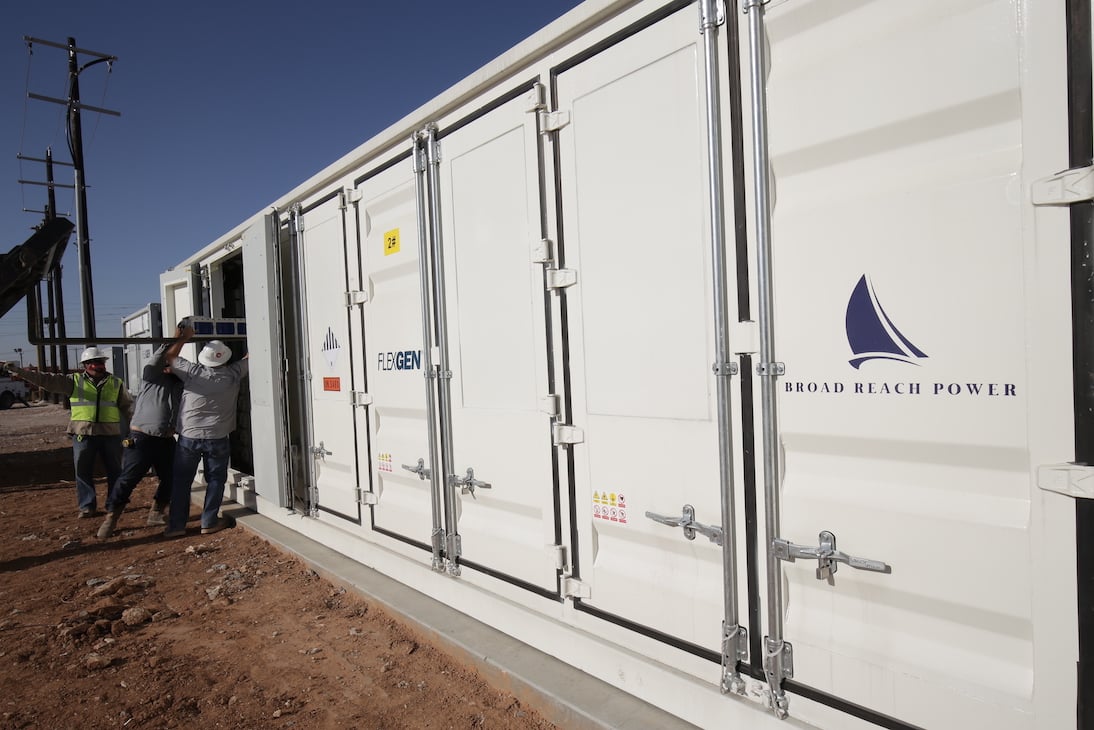
A new project is underway in the US to tear down a significant barrier for “realising the full benefits” of energy storage: the complexity and lack of clarity over interconnection rules across the country.
“In many states, if you propose a system with solar-plus-storage, the rules about how to interconnect to the grid are not at all clear,” Larry Sherwood, CEO and president of the Interstate Renewable Energy Council (IREC), said.
Enjoy 12 months of exclusive analysis
- Regular insight and analysis of the industry’s biggest developments
- In-depth interviews with the industry’s leading figures
- Annual digital subscription to the PV Tech Power journal
- Discounts on Solar Media’s portfolio of events, in-person and virtual
“That creates a lot of uncertainty for developers, which increases costs and may scare them away from certain markets. As a result, the full benefits of storage are not realised”.
IREC will lead the three-year project, which began in April and aims to identify regulatory and technical barriers to interconnection of energy storage facilities to the distribution grid – including both standalone and solar-plus-storage.
After that, IREC and its partners in project Building a Technically Reliable Interconnection Evolution for Storage (BATRIES), will create a “toolkit of solutions” that can be nationally applied across the many diverse state regulatory regimes and market designs.
Supported by the US Department of Energy’s Solar Energy Technologies Office through an agreement to cooperate, the overall aim of BATRIES is to reduce the soft costs associated with developing grid-connected energy storage projects. Working alongside IREC will be the influential Electric Power Research Institute (EPRI), trade associations Solar Energy Industries Association (SEIA), Energy Storage Association (ESA), California Solar + Storage Association (CALSSA), two utilities: PacifiCorp and New Hampshire Electric Cooperative (NHEC) and a law firm, Shute, Mihaly & Weinberger.
“Standalone energy storage and solar-plus-storage systems provide significant potential for increased grid reliability and resilience. We look forward to applying our technical expertise to help address grid interconnection challenges,” EPRI president Arshad Mansoor said.
Interconnection procedures: ‘rules of the road for the grid’
Once it has developed a roadmap to removing the key challenges identified in the interconnection process and then created that toolkit of solutions in its first two years, the third year of the project will be about “extensive training and educational outreach,” which it is hoped will help drive adoption in a “majority of states”.
“Establishing best practices for the interconnection of storage to the grid is critical to sustaining market growth and enabling significant clean energy deployment,” Larry Sherwood said.
Sherwood’s former colleague Sara Baldwin – who was then VP for regulatory affairs at IREC, since moved on to pastures new – blogged for this site a while back on how procedures for interconnection “are the rules of the road for the grid”.
Gridlock and costly projects are among the likely results of the existing lack of common rules and predictable processes, Baldwin said, adding that the controllable nature of energy storage and the “unique flexibility and ability to operate differently based on different applications” meant that the need for interconnection standards is particularly acute.
IREC already produced a set of Model Interconnection Procedures in 2019, which Baldwin described as “the first steps toward defining a clear interconnection process for energy storage systems to provide a useful starting point for states navigating these issues”. In May, IREC also published a “playbook” for modernisation of the electric distribution grid, aimed at helping stakeholders “assure prudent use of funds by electric utilities”.
While no one in the energy storage industry is expecting or advocating for significant government subsidies, new rules like the landmark FERC Order 841, instructing that grid operators allow distributed storage to participate in wholesale markets, offering potential new revenue streams and vital roles in the energy market, could create a more level playing field for batteries and other storage to compete with traditional grid-balancing resources.
Learn more about the project here.






